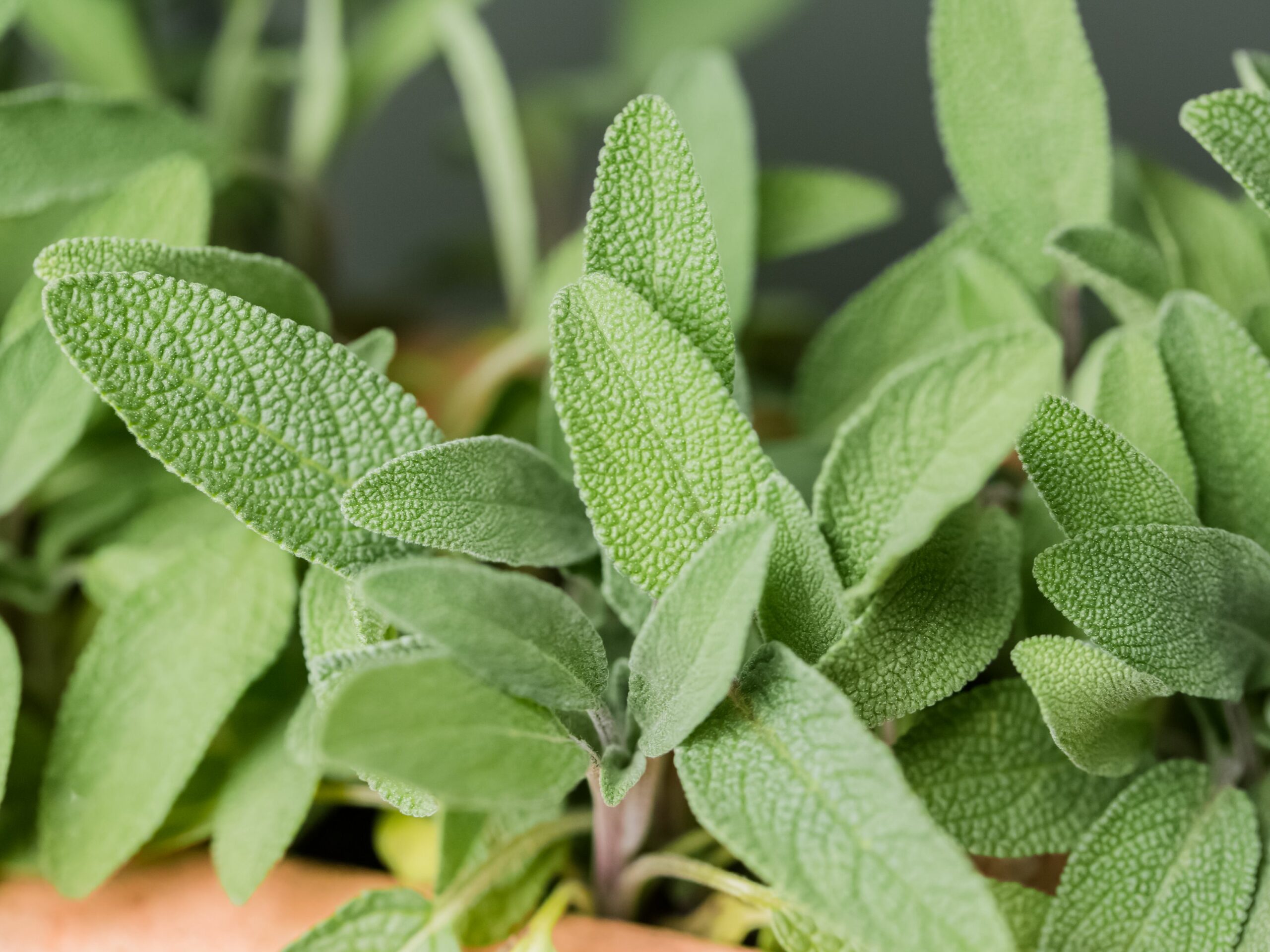The scientific name that sage receives is (salvia officinal is ), it is a plant belonging to the family called lamiaceae, it is quite resistant and durable, which has a slightly bitter but very aromatic taste; This plant is an ideal condiment to prepare stuffing for poultry and other foods such as fish and pork, among others. In this article we teach you how to plant salvia.
It is cultivated around the world, such as South America, Central America, Central Asia, East Asia and in the Mediterranean, and lives spontaneously on the Italian islands.
This bush reaches between 60 and 90 centimeters in length and 24 in width, it is robust, fibrous and has a fusiform root, its stem is erect and rectangular from which several ramifications emerge that contain oval-shaped, rough, thick leaves with sharp edges. Serrated; the leaves are covered by fuzz, its color is ashy green and its flowers are violet.
In addition to being an excellent food seasoning, it is a medicinal plant, which can also be made into an infusion to drink. This plant has been known since ancient times, the Romans gave it the name sacred or sacred herb, thanks to its great healing powers. Today this plant is considered the queen of aromatic plants; it is also widely used in the cosmetic industry and in the manufacture of liquors.
You can get sage in herbaria or in a specialized store, but you can also grow it at home, since it is extremely simple and you will always have it at hand.
What do you need to plant salvia?
- Sage seeds or seedlings
- Pot
- Land
- Pass
Instructions for planting sage
- Acquire the seeds of the salvia or the seedlings (the small ones).
- Now prepare the soil well where you will proceed to sow, either in a pot (pot) or directly in fertile soil, which must be clayey and very well drained. If you are going to plant it in a pot, the soil must be fertilized and also have an adequate drainage system.
- It is important that you sow the seeds when spring is ending and they should be 2 centimeters deep. Make the small holes and insert the seedlings or the seeds as the case may be. If you are planting in a garden, make rows 20 centimeters apart and that the separation between plant and plant is 70 cm.
- Arrange your plant where it gets enough sunlight, if you live in a house where this is not possible, you can choose to use fluorescent lights, put the lamp between 5 and 10 centimeters from the plant.
- Between 10 and 22 days it will begin to germinate.
- It is important that you water the plants often during their growth, the soil must remain moist; once it grows you should only do it when its land is dry.
- When the seeds begin to sprout, that is, when the plants begin to emerge and are approximately 10 cm high, you must open a space between them of at least 5 centimeters.
- You should always prune your plants, eliminating everything that is dry and if weeds appear, remove them.
- You can harvest your salvia before it blooms; this will be approximately in June, take them and hang them upside down in a place that is well ventilated and out of direct sunlight, once dry you can store them, putting them in a container completely airtight.
- Enjoy your sage, either as a seasoning in food or by making yourself a tea.
Tips for planting sage
- There are high-density fluorescent lamps that are special for plant growth, which should be placed the same centimeters away from the conventional one.
- The pests that salvia can have will be whiteflies, mites and slugs.
- If you are going to consume the plant, be careful with the pesticides to use, they must be organic and natural.
- It is a plant that can be adapted to almost any type of soil, but being a Mediterranean bush, clay and dry soil are recommended.
- If you see that insects are approaching it, you only have to water it and thus you will drive them away, you can also pass alcohol on the plant to keep them away.
- Salvia has three varieties, which are: Salvia Officinal is, which is the most common and which we focus on in this article; there is the Salvia officinal is albiflora, which has larger leaves than the traditional one and the flowers are white, and finally there is the Salvia officinal is purpurascen, its leaves are thicker and longer than the traditional one, as well as being curly and the flowers are azurites, which is very resistant to drought. There are also other varieties called: fine, minor, Roman, royal, Aragon, Garden, Monaco, among others.


















